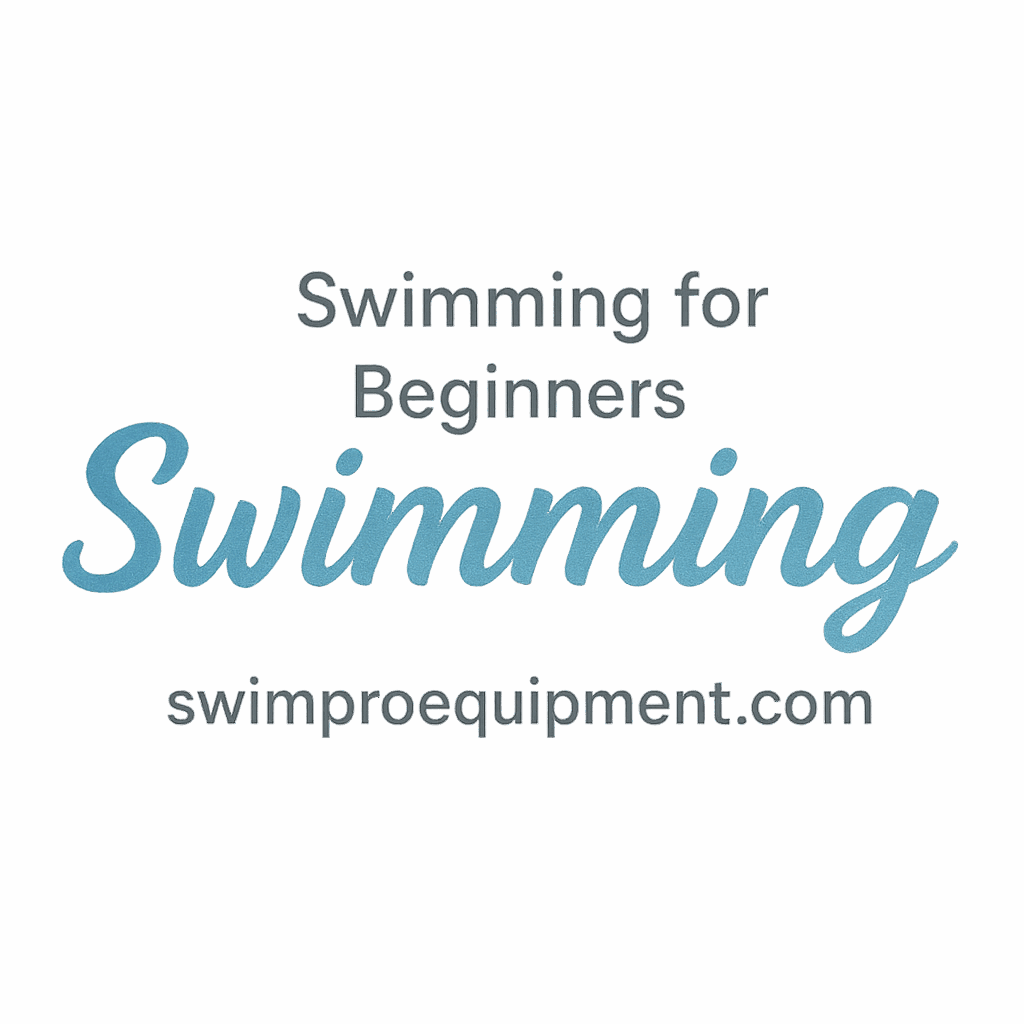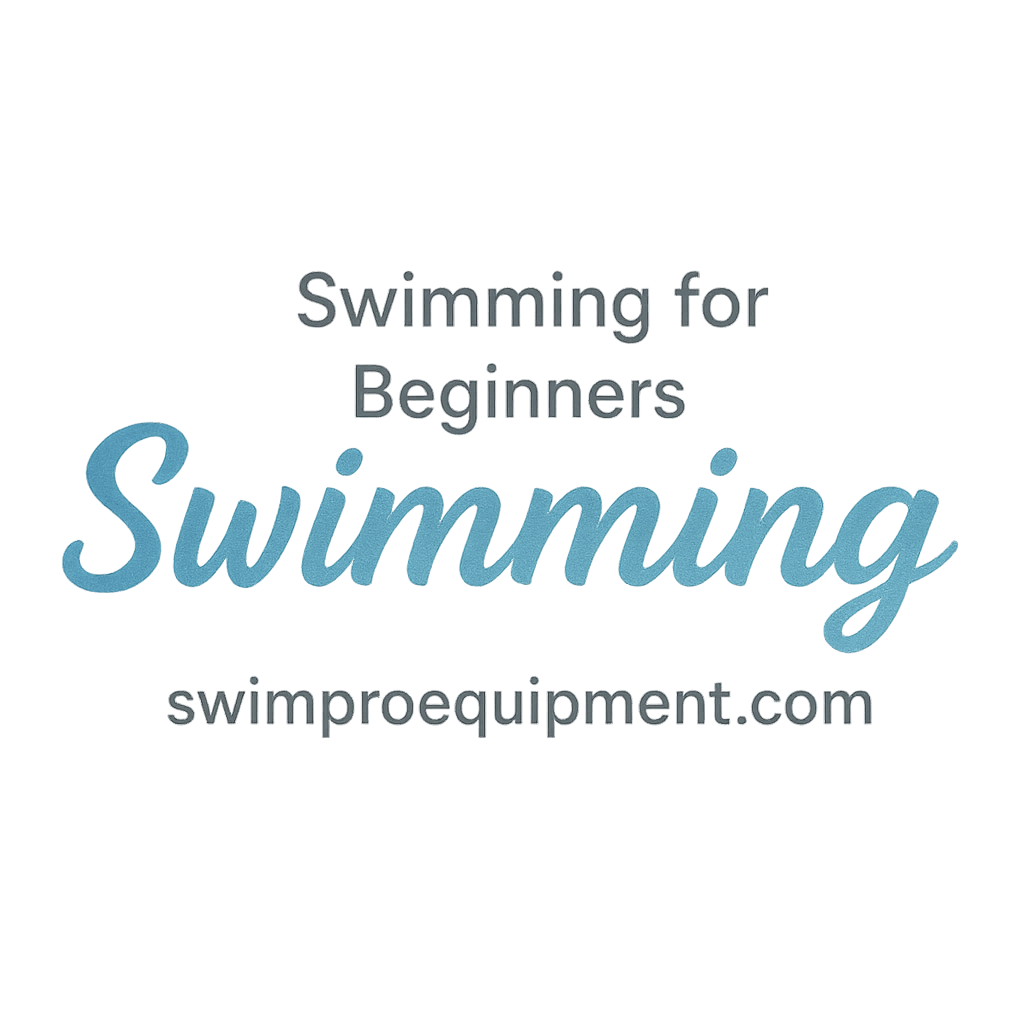Introduction
Ever wondered why almost every swimmer — from beginners to pros — uses a swimming board during training? These floating tools may look simple, but they’re powerful game-changers in any aquatic journey. Whether you’re polishing your kick, building endurance, or just starting to swim, choosing the right board can make a world of difference.
In this guide, we’ll dive into the 5 types of swimming boards and their uses, helping you understand which one suits your needs best. By the end, you’ll know exactly what board to reach for — and why it matters.
Why Swimming Boards Are Essential Tools
Swimming boards are not just accessories. They are essential pieces of training gear that serve multiple purposes for swimmers of all levels.
Benefits for Beginners
If you’re new to swimming, a board helps with confidence and balance in the water. It gives you a floatation device to lean on while you practice fundamental movements. Check out these Swimming Basics & Techniques to get a head start.
Role in Technique Training
Boards help isolate certain body parts — usually legs or arms — so you can perfect your technique. For instance, using a kickboard forces your legs to do all the work, honing your kicking technique without distraction.
Building Strength & Endurance
Want stronger legs or better lung capacity? Swimming boards can focus your training, allowing repetitive drills that build both muscle and cardiovascular endurance. You can follow great training workouts for beginners to get started.
1. Kickboards
What Is a Kickboard?
A kickboard is the most recognizable swimming board. It’s a rectangular piece of foam designed to help you float while isolating the legs during swimming drills.
Common Uses of Kickboards
Isolating the Legs
Want to level up your kick? A kickboard forces you to rely solely on your legs, making it a go-to tool for strengthening and improving lower body motion.
Breathing Practice
You can also use kickboards to practice breathing patterns. Holding on to the board frees your upper body, letting you focus on side breathing without worrying about stroke mechanics.
Beginner-Friendly Training
Kickboards are excellent for kids and adults just learning how to swim. They provide safety, comfort, and confidence — perfect for learners covered under motivation and progress for swim learners.
Kickboard Variations
Some kickboards come with hand grips, others have ergonomic shapes for advanced training. You can even find versions that double as pull buoys or resistance tools — more on that soon.
Internal tags to explore:
👉 Beginner | Body Position | Essentials
2. Pull Buoys
What Is a Pull Buoy?
A pull buoy is a small foam float designed to fit between your thighs or ankles. It keeps your legs afloat so you can concentrate on upper-body strokes.
Common Uses of Pull Buoys
Focus on Arm Technique
Because your legs are buoyed up, you can solely focus on your arm strokes. It’s ideal for improving technique, especially for freestyle or backstroke.
Core Engagement
With your lower half taken care of, your core needs to stabilize your body. This inadvertently trains your abs while you glide through the water.
Tags to check:
👉 Technique | Training
3. Swim Training Fins with Boards
Why Combine Fins with Boards?
Combining swim fins with boards turns up the intensity of your workouts. Fins add resistance and help improve ankle flexibility.
Speed & Resistance Training
Want to feel like a torpedo? Add fins while kicking with a board. This method builds speed, which is especially useful for sprint training.
Improving Kick Efficiency
Fins force your legs into the proper kick motion. Paired with a kickboard, they offer a strong drill to fix inefficient leg strokes.
Internal links:
👉 Visit Swimming Gear & Equipment for more tools.
👉 Browse Equipment and Speed gear.

4. Hand Paddles with Boards
How Hand Paddles Complement Boards
While hand paddles are usually for arm drills, combining them with boards in specialized workouts can amplify upper-body strength training.
Strength Building & Stroke Precision
Use paddles in drills that isolate stroke motion. They add resistance, helping you refine form and strengthen shoulders, chest, and back.
Tag synergy:
👉 Improvement | Tracking
5. Hybrid Boards (Multi-Function Boards)
What Are Hybrid Boards?
Hybrid boards can function both as kickboards and pull buoys. Some are shaped to support the chest, allowing multiple swim drills in one piece of gear.
Best for Advanced Swimmers
These are best for experienced swimmers who want a versatile tool that adapts to multiple types of training — no need to switch equipment every few laps.
Related content:
👉 Safety | Injury Prevention
Choosing the Right Swimming Board
Based on Skill Level
If you’re just starting, stick with the basic kickboard. As you improve, branch out into hybrid models or resistance-based tools.
Based on Training Goals
Want more speed? Use fins with a kickboard. Focusing on arms? Grab a pull buoy or add hand paddles. Always choose based on what you want to improve.
Discover tailored gear via Swimming Equipment Essentials.
Care Tips for Swimming Boards
- Rinse with fresh water after use.
- Avoid prolonged sun exposure.
- Store in a cool, dry place.
- Check for cracks or wear periodically.
Protecting your gear ensures it supports your swimming safety and health.
Final Thoughts
Swimming boards are more than floating chunks of foam — they’re your secret weapon in the pool. From kickboards to hybrid boards, each type serves a unique purpose, helping you become a stronger, more efficient swimmer.
Use the right board for the right drill, and pair it with supportive training from SwimPro Equipment. Whether you’re working on technique, speed, or confidence, there’s a tool to help you make a splash.
Conclusion
To wrap it up: the 5 types of swimming boards each play a unique role. From the trusty kickboard to versatile hybrid boards, they’re all designed to help you swim smarter, not harder. Use them wisely, take care of them, and watch your skills skyrocket in no time.
Happy swimming! 🏊♂️💪
FAQs
1. What is the best swimming board for beginners?
The classic kickboard is best. It provides buoyancy and helps you focus on your kick and breathing.
2. Can I use more than one swimming board during training?
Absolutely. Many swimmers rotate between boards based on drills — kickboards for legs, pull buoys for arms.
3. Are hybrid boards worth the investment?
Yes, especially if you’re an intermediate to advanced swimmer looking for versatility and travel-friendly gear.
4. How often should I replace my swimming board?
It depends on usage, but check for cracks or wear every few months if you swim regularly.
5. Can children use swimming boards safely?
Yes! In fact, they help build water confidence. Look for boards specifically designed for smaller sizes.
6. Should I pair swimming boards with other gear?
Definitely. Fins, paddles, and snorkels enhance training when combined with boards. Visit Swimming Gear & Equipment for options.
7. Where can I find training plans that use these boards?
Visit Training Workouts for Beginners for structured plans using all the equipment mentioned.


